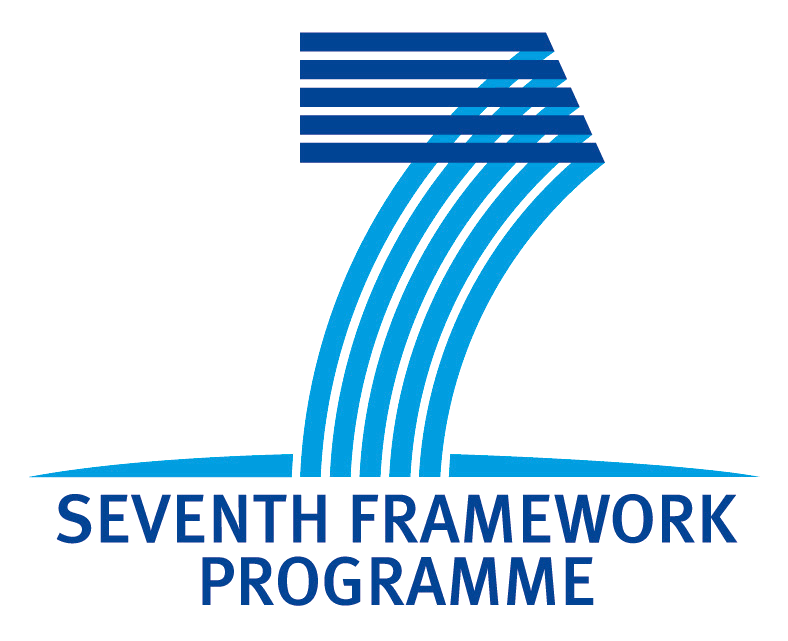1. Publishable summary
The project MOLTO - Multilingual Online Translation, started on March 1, 2010 and will run until 31 May 2013 with the task to develop tools for translating texts between multiple languages in real time with high quality. MOLTO grounding technology is multilingual grammars based on semantic interlinguas and statistical machine translation to simplify production of multilingual documents without sacrificing the quality. The specific interlinguas are based on domain semantics and are equipped with reversible generation functions: namely translation is obtained as a composition of parsing the source language and generating the target language. An implementation of this technology is provided by GF, Grammatical Framework, which in MOLTO is furthermore complemented by the use of ontologies, as in the semantic web, and by methods of statistical machine translation (SMT) for improving robustness and extracting grammars from data. GF has been applied in several small-to-medium size domains, typically targeting up to ten languages but MOLTO will scale this up in terms of productivity and applicability.
A part of the scale-up is to increase the size of domains and the number of languages. A more substantial part is to make the technology accessible to domain experts without GF expertise and minimize the effort needed for building a translator. Ideally, the MOLTO tools will reduce the overall task to just extending a lexicon and writing a set of example sentences.
MOLTO is committed to dealing with 15 languages, which includes 12 official languages of the European Union - Bulgarian, Danish, Dutch, English, Finnish, French, German, Italian, Polish, Romanian, Spanish, and Swedish - and 3 other languages - Catalan, Norwegian, and Russian. In addition, there is on-going work on at least Arabic, Farsi, Hebrew, Hindi/Urdu, Icelandic, Japanese, Latvian, Maltese, Portuguese, Swahili, Tswana, and Turkish.
While tools like Systran (Babelfish) and Google Translate are designed for consumers of information, MOLTO will mainly target the producers of information. Hence, the quality of the MOLTO translations must be good enough for, say, an e-commerce site to use in translating their web pages automatically without the fear that the message will change. Third-party translation tools, possibly integrated in the browsers, let potential customers discover, in their preferred language, whether, for instance, an e-commerce page written in French offers something of interest. Customers understand that these translations are approximate and will filter out imprecision. If, for instance, the system has translated a price of 100 Euros to 100 Swedish Crowns (which equals 10 Euros), they will not insist to buy the product for that price. But if a company had placed such a translation on its website, then it might be committed to it. There is a well-known trade-off in machine translation: one cannot at the same time reach full coverage and full precision. In this trade-off, Systran and Google have opted for coverage whereas MOLTO opts for precision in domains with a well-understood language.
MOLTO technology will be released as open-source libraries, accompanied by cloud services, to be used for developing plug and play components to translation platforms and web pages and thereby designed to fit into third-party workflows. The project will showcase its results in web-based flagship demos applied in three case studies: mathematical exercises in 15 languages, patent data in at least 3 languages, and museum object descriptions in 15 languages. The MOLTO Enlarged EU scenarios will apply MOLTO tools to a collaborative semantic wiki and to an interactive knowledge-based system used in a business enterprise environment.
- Printer-friendly version
- Login to post comments
- Slides
What links here
No backlinks found.


